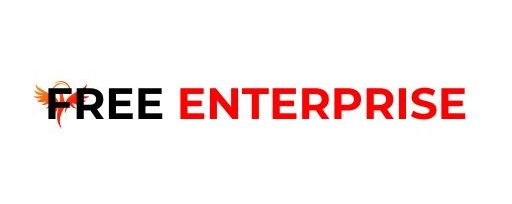
<!-- HTML_TAG_START -->NasdaqCM:TROO Ownership Breakdown December 30th 2024<!-- HTML_TAG_END -->
-
Insiders appear to have a vested interest in TROOPS’ growth, as seen by their sizeable ownership
-
51% of the business is held by the top 2 shareholders
-
Using data from company’s past performance alongside ownership research, one can better assess the future performance of a company
A look at the shareholders of TROOPS, Inc. (NASDAQ:TROO) can tell us which group is most powerful. And the group that holds the biggest piece of the pie are individual insiders with 52% ownership. That is, the group stands to benefit the most if the stock rises (or lose the most if there is a downturn).
So it follows, every decision made by insiders of TROOPS regarding the company’s future would be crucial to them.
Let’s delve deeper into each type of owner of TROOPS, beginning with the chart below.
See our latest analysis for TROOPS
Institutional investors often avoid companies that are too small, too illiquid or too risky for their tastes. But it’s unusual to see larger companies without any institutional investors.
There could be various reasons why no institutions own shares in a company. Typically, small, newly listed companies don’t attract much attention from fund managers, because it would not be possible for large fund managers to build a meaningful position in the company. It is also possible that fund managers don’t own the stock because they aren’t convinced it will perform well. TROOPS’ earnings and revenue track record (below) may not be compelling to institutional investors — or they simply might not have looked at the business closely.
Hedge funds don’t have many shares in TROOPS. The company’s largest shareholder is Kai Kai Kwok, with ownership of 29%. In comparison, the second and third largest shareholders hold about 23% and 0.6% of the stock.
To make our study more interesting, we found that the top 2 shareholders have a majority ownership in the company, meaning that they are powerful enough to influence the decisions of the company.
Researching institutional ownership is a good way to gauge and filter a stock’s expected performance. The same can be achieved by studying analyst sentiments. Our information suggests that there isn’t any analyst coverage of the stock, so it is probably little known.
The definition of company insiders can be subjective and does vary between jurisdictions. Our data reflects individual insiders, capturing board members at the very least. Company management run the business, but the CEO will answer to the board, even if he or she is a member of it.




